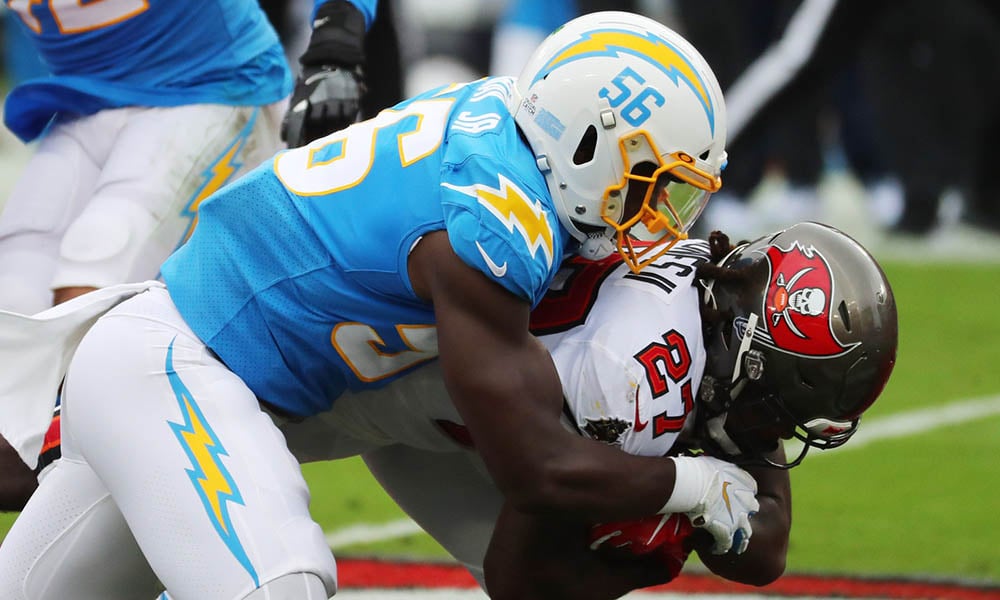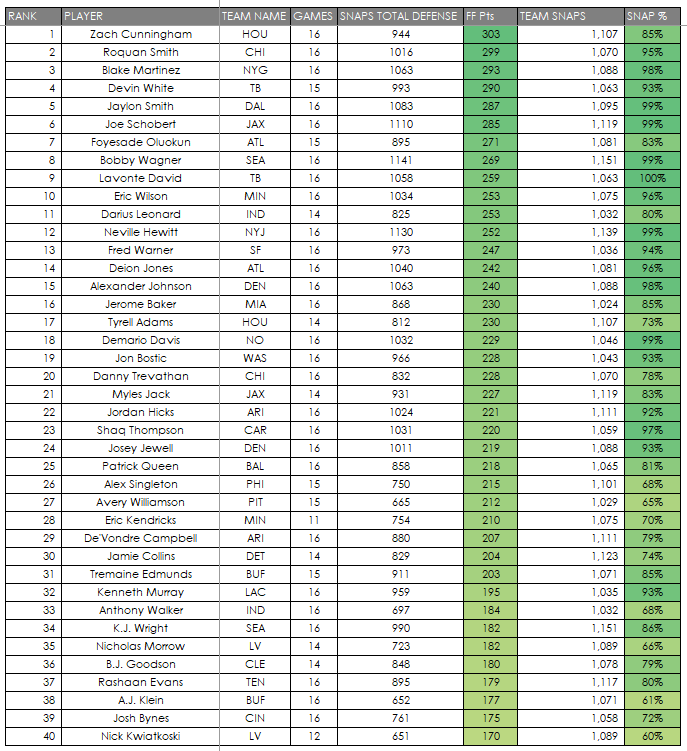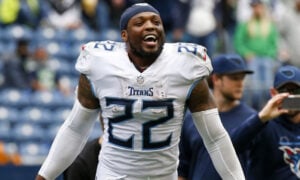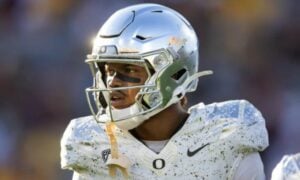How to Build an IDP Linebacker Corps

The whole point of playing in dynasty leagues is to build a team that competes for titles year after year. We love to win and to do that, we use our brains and scouting ability to identify player assets at a good cost and go after them. Traditionally linebackers are seen as the most valuable, stable, and long-term assets in IDP leagues. So, we spend our time trying to get the best LBs we can on our teams.
In this article, I’m going to tell you why we do a bad job, and suggest an alternative that will help build better teams.
What our instincts tell us to do
Every fiber of our dynasty being tells us to rank players and then pay more for the ones ranked higher. We’ve all been doing this since we first started playing any fantasy sports and it’s mostly the right thing to do – for most positions. Certainly, with offensive positions, it’s smart even if dynasty consistently overrates youth in the fruitless search to secure long-term assets.
But with defensive positions and linebackers in particular, I’m increasingly convinced it’s a suboptimal approach to team building.
Why that’s the wrong approach
The factors that go into what makes linebackers good IDP producers are different from most others.
Offensive scoring means that there’s a relatively strong link between actual NFL quality and fantasy scoring. Normally you can look at top fantasy quarterbacks and wide receivers and tight ends and see the best real-life players. Running back is more about pure volume, but obviously that is linked to ability too, as teams give better players more touches.
The same thing is true on defense with pass rushers. Generally, at defensive end and defensive tackle, you’ll see the best NFL players score more.
But with linebackers (and safeties) it’s just not very true at all. There is little opportunity for good real-life players to use those skills to become more efficient IDPs. That does not mean good real-life players are worse IDPs. There is just not a clear relationship either way.
On top of that we know (more on that here), that linebacker is enormously inconsistent year upon year. Of last year’s top 12 LBs, we can expect just four of them to finish that high again. On average, just 11 of the top 24 repeat.
And finally, we know that every year our best guesses about LBs are just not that granular. We have a decent idea if an LB is going to be a top-36 player or not but we just do not have the accuracy to predict rankings on a fine level. So, ranking them in a single, linear ladder (like we do for other positions) is asking for trouble.
To sum up:
- Linebacker IDP scoring is not about real player quality.
- Linebacker is a massively variable position from each season to the next.
- We are not accurate enough to rank them in a precise order.
So, what do we need to figure out?
Keep it simple.
The major factor (it is SO much more important than anything else) with IDP is playing time. So, if we can predict that we can predict scoring. That’s tricky in itself, but we don’t need to be very accurate.
In basic terms, we know that full-time LBs form the top tier of IDP scoring for the position. Some guys will be more or less efficient on a per-snap basis but basically this is a binary system. A player is either a full-time LB or he’s not.
This chart shows a quick reminder of how strong the link between playing time and IDP points is for linebackers:

Here’s a further representation: A quick table for 2020 LBs showing points (your league’s scoring may differ of course), playing time, and snaps %.

Pretty obviously, the top-ranked LBs were those players who were on the field for well over 90% of their team’s snaps. A few exceptions were in there (we’re talking about a noisy system) but it’s a great indicator.
If we break it out in terms of fantasy tiers, then it looked like this:

There is a clear hierarchy here. In 220, 18 linebackers played at least 90% of their team’s defensive snaps. Every single one of those players was a top-36 fantasy LB.
Of the top 12 fantasy LBs in 2020, nine of them were 90% players. Of the top 24, 17 were 90% players.
26 different LBs played at least 80% of their team’s snaps. Of those 26, 11 were LB1s, 21 were LB1 or LB2s and 25 were top 36 LBs. The only LB to play 80% of snaps and NOT finish as a top 36 was Rashaan Evans, who finished 37th.
Volume is king and identifying full-time LBs is the name of the game. You really don’t need to have much idea of whether a particular player is going to finish seventh or 27th. The difference between those players will just be how healthy they stay over the season.
Your strategy should not be around trying to identify LB1s. That just leads to paying a high cost to acquire the more hyped names (normally because of how they scored last season). Your strategy should be about identifying full-time players and acquiring the cheapest ones.
Where is the value?
So, when you take all this together the approach is obvious. You simply target as many every-down LBs as possible at low costs with the knowledge that all the top 30 or so LBs have about the same chance of becoming a top scorer at the position. Buying up low-ranked LBs might seem like a strategy for achieving mediocrity but actually it’s about understanding the market inefficiency – which is that we (the IDP world) believe we can reliably tell the difference between top-12 and top-30 LBs. We cannot.
In a startup draft, this means holding your nerve and letting the first 12 or 18 LBs come off the board without getting involved. This always seems scary but if you’ve got a good, solid, realistic list of players who would be every-down options you can keep spending high picks on more valuable positions.
For example, right now the highest-drafted LBs are being drafted something like this:
- Devin White – 57th
- Darius Leonard – 74th
- Roquan Smith – 75th
- Blake Martinez – 95th
At those spots, the WRs being selected are (respectively) DJ Moore/Amari Cooper, Tyler Lockett/Tee Higgins, and Deebo Samuel.
Meanwhile here are some LBs being drafted much later:
- Kenneth Murray – 164th
- Zaven Collins – 179th
- Dre Greenlaw – 250th
The WRs being drafted at those spots are Amon-Ra St Brown, Parris Campbell, and Demarcus Robinson.
So, the opportunity cost is enormous. To go after those highly-drafted LBs you’re sacrificing real quality when you cannot be confident that the LB you pick is going to be much better.
Trading is interesting. Historically it’s been a poor idea to trade for LBs because the lack of scarcity meant it was always easy (in most leagues) to add options for free. The new situation is making that harder for us, so trading might make more sense. However, the same approach should apply. Carpet bomb offers for the lowest-ranked every-down LBs. You want to be paying very little for players ranked as LB3s, but who have every chance of finishing higher than that.
Conclusions
So hopefully this article makes the case for why we should not overvalue highly-ranked LBs compared to lower-ranked ones. We’re only interested (at this stage of the season) in likely every-down player, but that can mean very different things in value terms.
Good luck adding those guys and building a championship roster that’s built for the slings and arrows of outrageous misfortune.
- Ten IDP Fantasy Football Stats You Need to Know after Week 16 - December 29, 2023
- Ten IDP Fantasy Football Stats You Need to Know after Week 15 - December 22, 2023
- Ten IDP Fantasy Football Stats You Need to Know after Week 14 - December 14, 2023


































































